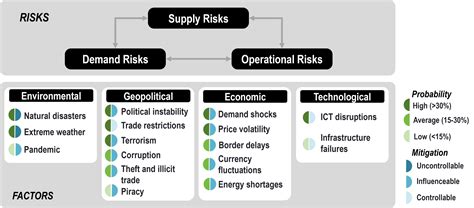Understanding the risks of trade in a bear market: cryptocurrency output
The cryptocurrency market has experienced significant fluctuations over the years, with both bull and bear markets dominate the headlines. While some investors benefited from these price fluctuations, others have lost considerable sums due to a lack of understanding or poor decision -making. In this article, we will deal with the risks associated with trade in a bear market, which focus especially on cryptocurrencies.
What is a bear market?
A bear market is a period in which the stock market decreases for a longer period of time, often 20 to 30% or more in a single month. This decline in the mood and trust of the investors can lead to a decline in prices, which leads to investors withdrawing their capital from the market. In cryptocurrency markets, a bear market is characterized by a significant drop in price, which can trigger sales pressure and further volatility.
Commercial risks in a bear market

Trading with a bear market harbors several risks, including:
- Capital loss
: One of the most important risks related to trading in a bear market is the potential loss of capital. If you sell your cryptocurrencies at a low price, you may have a considerable amount of worthless coins or tokens.
- Liquidity risks : In a bear market, investors can be more careful and less willing to buy or sell their assets, which leads to reduced liquidity in the markets. This can make it difficult to enter or leave quickly and cheap prices.
- Volatility : The prices for cryptocurrency are known for their extreme volatility, which can also lead to considerable price fluctuations during a bear market. If you are not prepared for these quick changes, you can experience considerable losses.
V.
A lack of support : In a bear market, there can be less support from institutional investors and large stock exchanges, which makes it more difficult to restore their investment.
How cryptocurrencies are affected by bear markets
Cryptocurrencies such as Bitcoin, Ethereum and others were historically affected by the bear markets in different ways:
- Price volatility : When the prices drop, the value of the cryptocurrencies, which leads to increased transaction fees and reduced trading volume.
- Market capitalization : The market capitalization of cryptocurrencies can drop considerably during a bear market, which makes it more susceptible to price fluctuations.
- Adoption and use : A bear market can lead to a decline in acceptance and use of cryptocurrencies that reduce demand and prices.
Protection of your investment
It is important to be aware of the risks associated with trading in a bear market, but there are steps that you can take to protect your investment:
- Diors your portfolio : Spread your investments on various assets to minimize the commitment to a certain cryptocurrency or a specific market.
- Stay up to date .
- Use stop-loss orders : Set stop-loss orders to limit your losses if the price of a cryptocurrency falls below a certain level.
- A look at alternative investment options : If you have no comfortable trading in cryptocurrencies during a bear market, you should consider alternative investment options such as gold or other traditional assets.
Diploma
Trading with a bear market can be unpredictable and volatile, with considerable risks in connection with the loss of capital, reduced liquidity and extreme price fluctuations. If you understand the risks and take steps to protect your investments, you can minimize potential losses and navigate these markets with confidence. While the cryptocurrency landscape is developing, it is important to stay up to date and adapt your strategies accordingly.






0 Comments